A walk to remember in Kowloon City
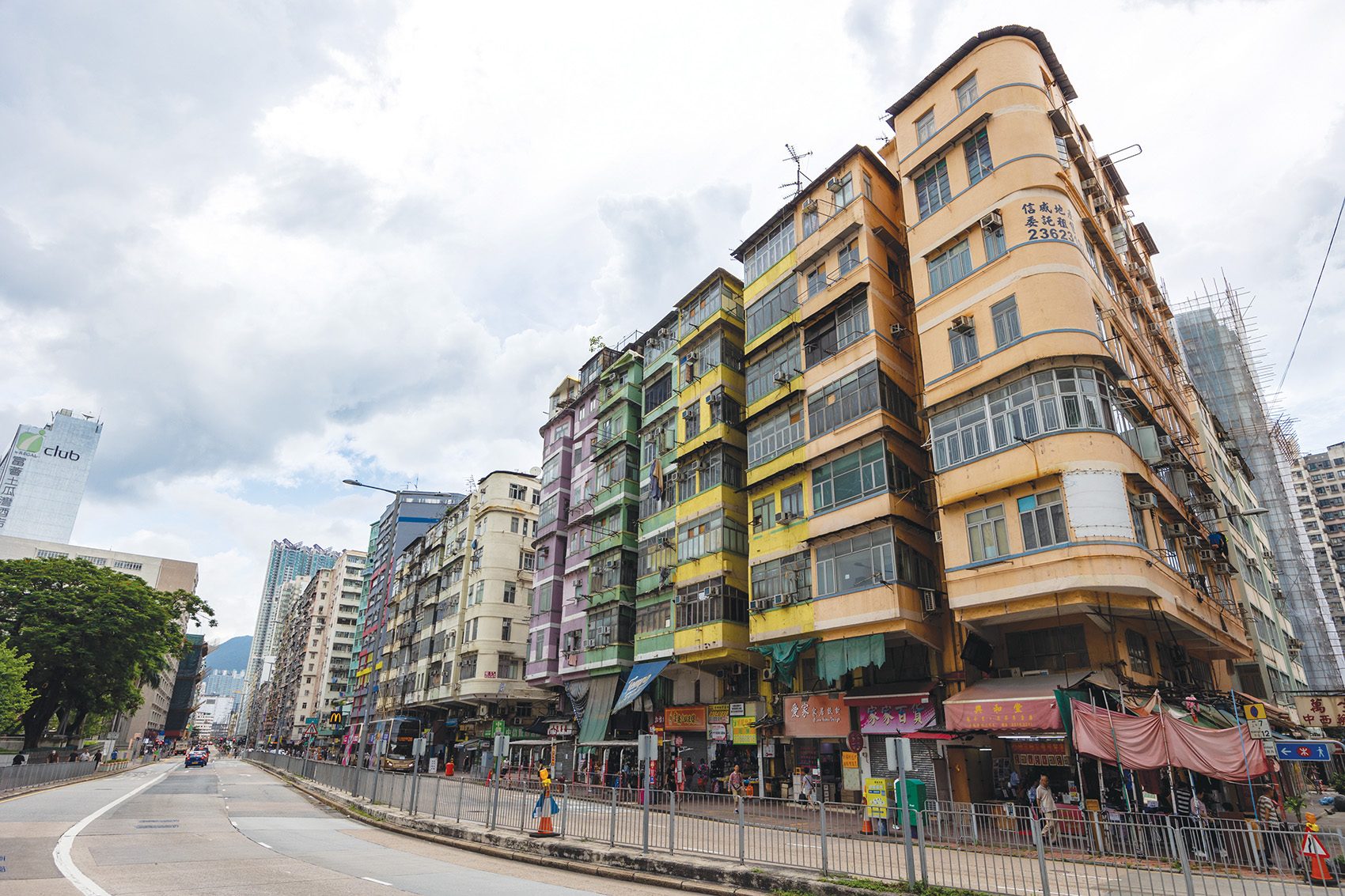
No two buildings are the same on Kowloon City’s Hau Wong Road. A vertical neon sign – one of a dwindling number – points to the traditional façade of Lok Hau Fook, a Chiu Chow restaurant that’s been open since 1954. Above it, a residence hangs over the street supported by columns – a hallmark of the pre-war tong lau shophouses which once lined the city’s streets. Next door are pawn shops, sewing machine companies – and not far away, modern apartment buildings hang overhead.
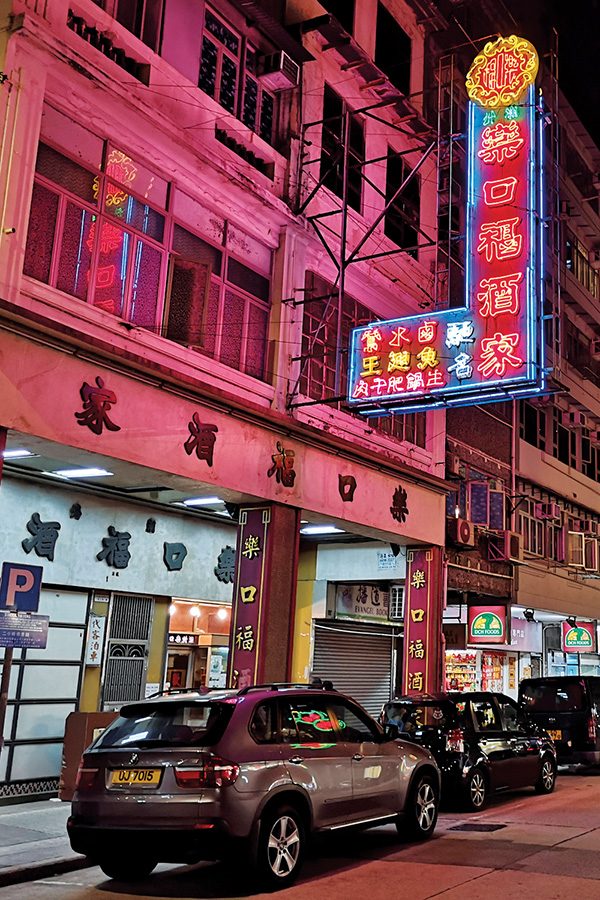
Credit: Getty Images
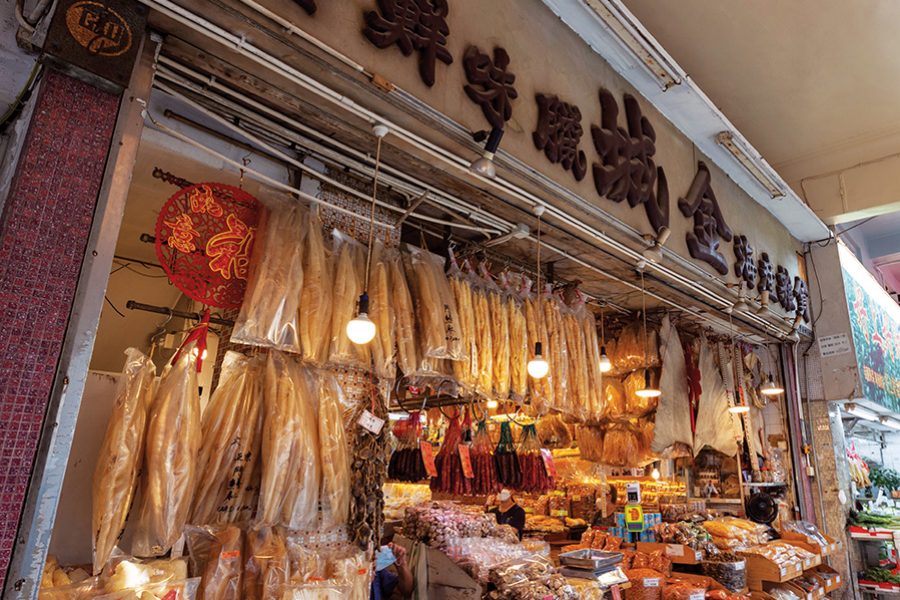
Credit: Getty Images
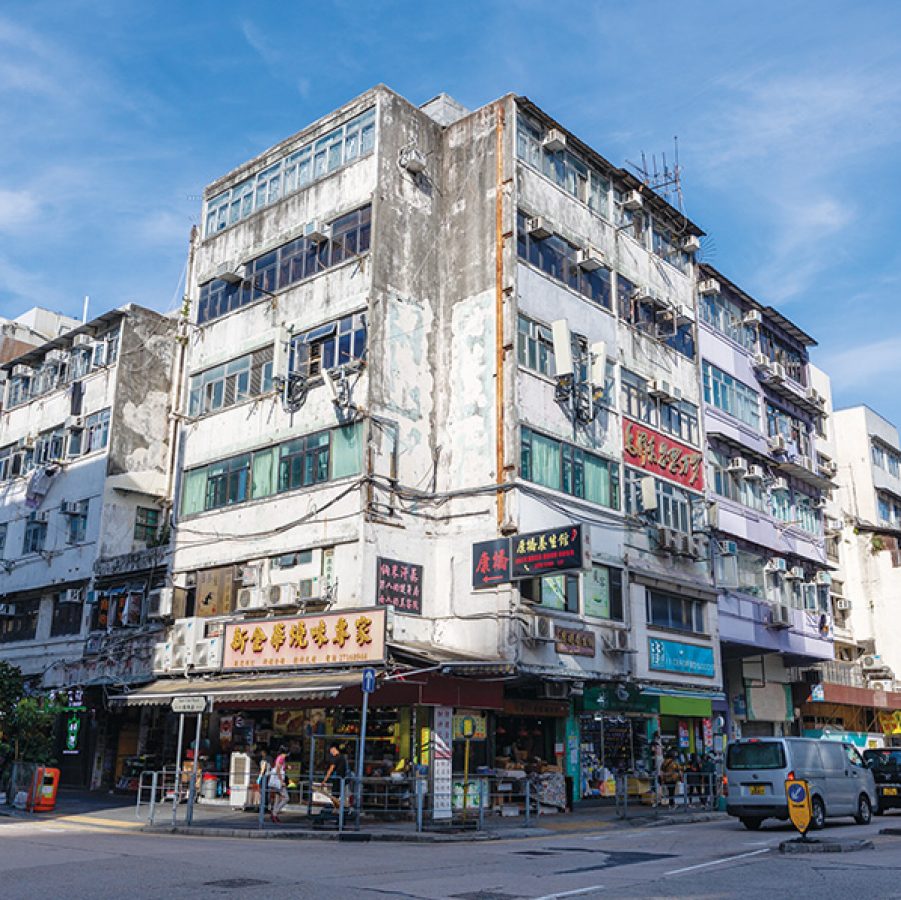
Credit: Getty Images
The mix of old and new defines Kowloon City district, where a new community-organised walking trail offers an insight into one of the most storied – and rapidly changing – areas of Hong Kong. The 6.5km trail is split into five shorter routes, each built around a different defining aspect of the district – from art to history, culture to spirituality. Visitors can join walks led by local experts in Cantonese or embark on a self-guided tour of their own.
Today I’m on Route 2, the Local Culture walk, with my guide Gwyneth Chan. A Kowloon City native, she weaves together the history and present of the area as we walk. It’s home to sizeable Chiu Chow and Thai populations, with shops and restaurants which reflect the area’s makeup.
“I grew up in Kowloon City, but this project has taught me much more,” she tells me. “I’ve learned how to show visitors the treasures of this place, and of the people living in it.”
We pass by the site of the old Kai Tak Airport, which has left its mark on the architecture of the area. Unlike much of Hong Kong, Kowloon City is still full of low-rise buildings. That’s because of the airport, with its famously roof-skirting approach path: buildings in the area were restricted to 13 storeys until Kai Tak ended operations in 1998, and even now the area remains a little lower than much of the city.
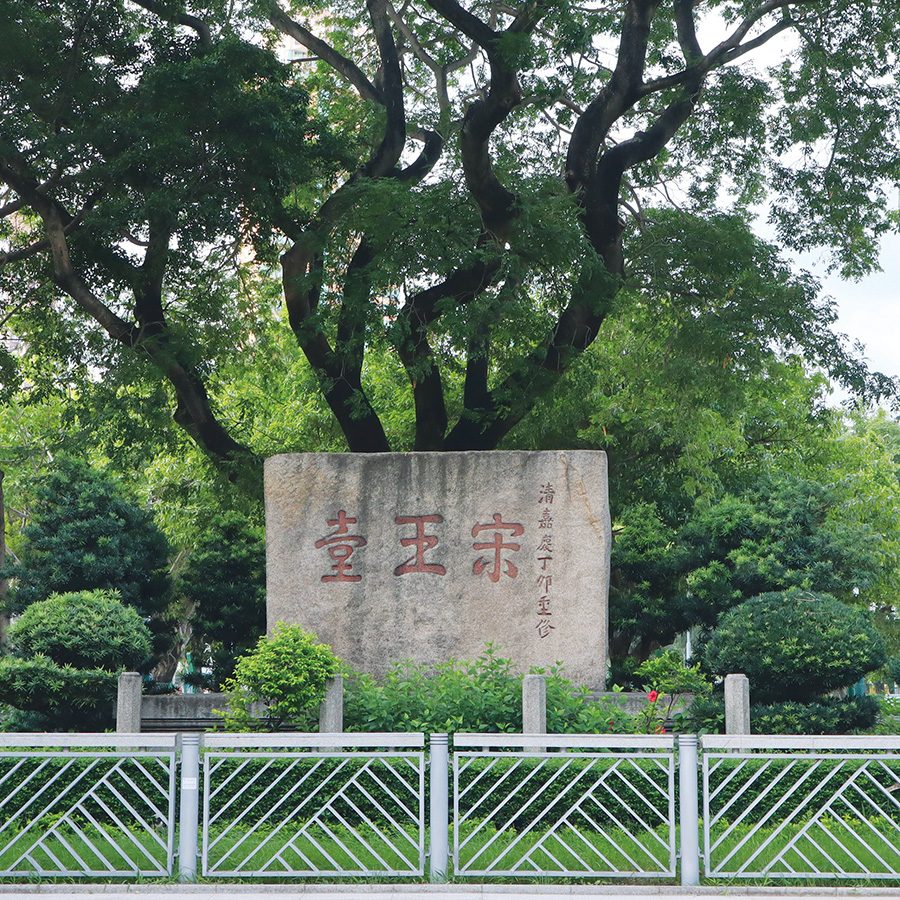
Credit: Kowloon City Walking Trail

Credit: Kowloon City Walking Trail
We stop at the Sung Wong Toi Garden, a small park pieced together with sections of green shrubbery and sandwiched by busy roads on either side. At the end of the park stands a large stone monument atop a plinth, etched with the words Sung Wong Toi – “Terrace of the Song Emperors”.
Chan tells me that the monument commemorates the final two boy emperors of the Song dynasty. It was once part of a 45-metre-tall boulder atop the one-time Sacred Hill, just over the road. Wartime construction in the 1940s led to the flattening of the hill, but not before part of the memorial was carved out of the rock and moved to this purpose-built park: a connection to the past, preserved.
Chan is just one among the team of architects, designers and social workers from the Sheng Kung Hui Welfare Council who developed the trail. Part of their objective was to strengthen the bonds between the area’s inhabitants and their home – and between older and younger, past and future. On our walk, we run into residents ranging from local politicians to paper- tearing artist “Uncle Man”, who volunteers his time to show people around the one-time Kowloon Walled City.
For Joyce Ho, the walking trail’s project director, it’s the nearby Kai Tak airport which sparks conversation with her two sons, aged 5 and 10. The sight of aeroplanes flying low among the buildings is familiar to her but alien to her children, and talking about it prompts a new understanding: so this is the Hong Kong that Mum used to see.
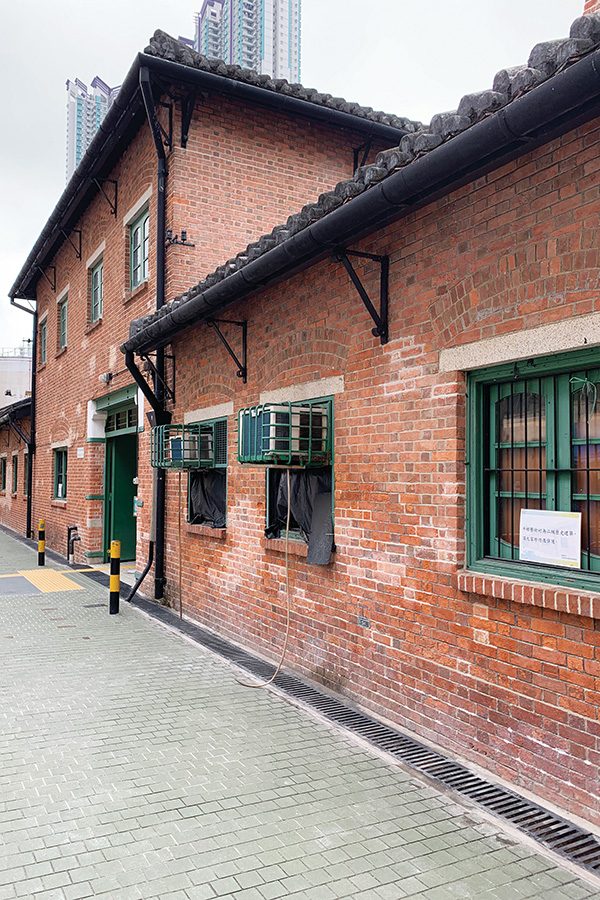
Credit: Kowloon City Walking Trail
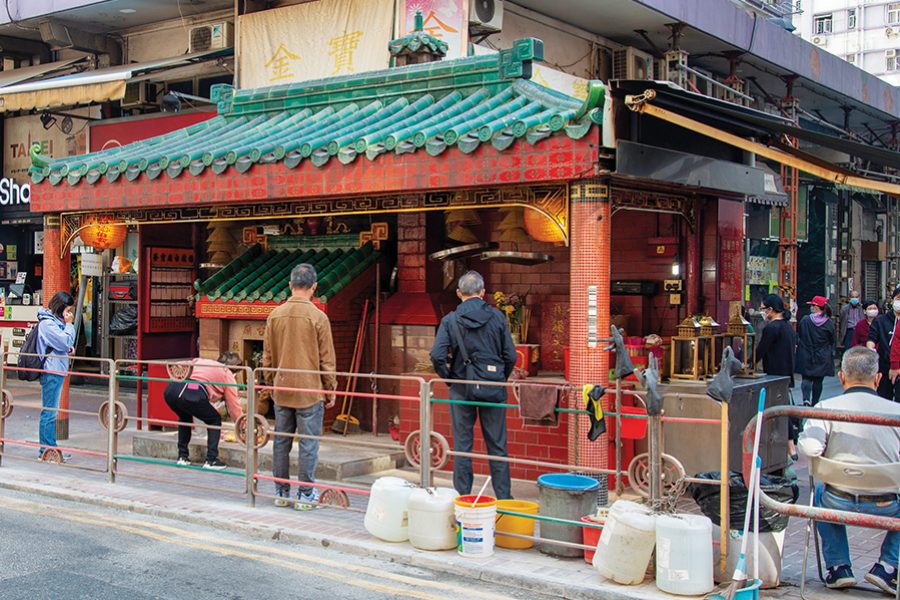
Credit: Kowloon City Walking Trail
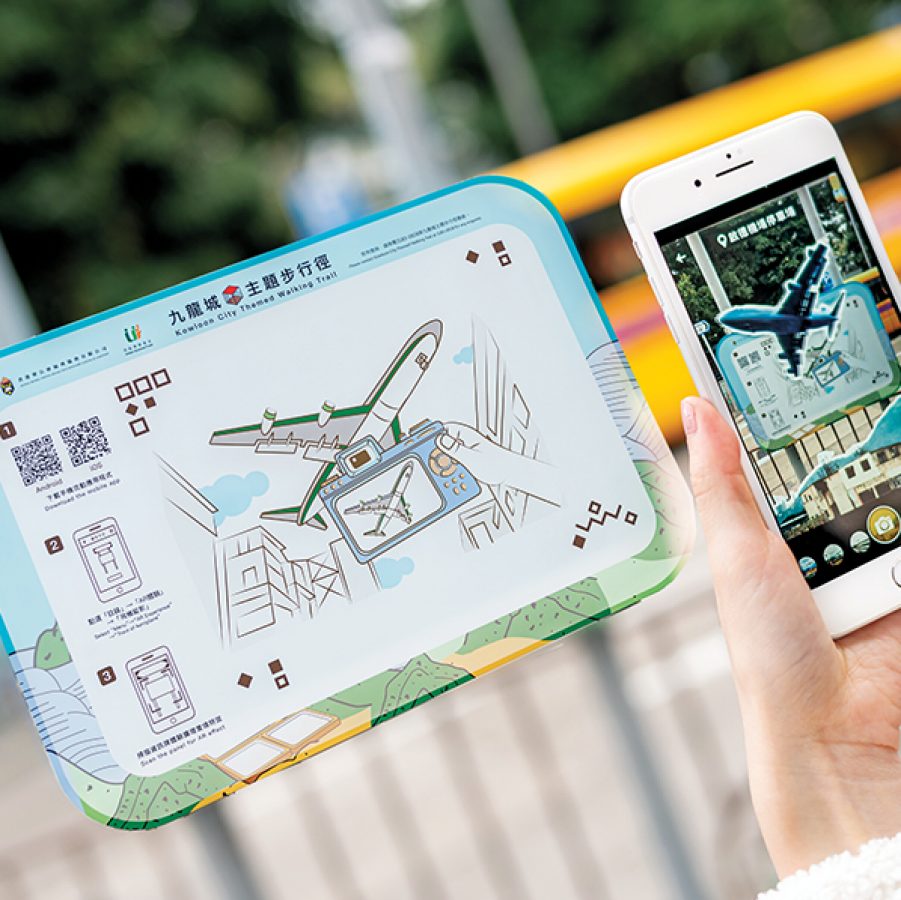
Credit: Kowloon City Walking Trail
The trail is designed to encourage both visitors and Hongkongers to slow down and take in the city at a walking pace. “When we’re not walking, we miss details and the stories behind spaces,” says Patricia Lau, the Welfare Council’s CEO. “Even though places may change in appearance, the stories behind them remain. What can we learn from that history that can help with revitalisation? What kind of wisdom can older generations share with us?”
A dedicated app, “Kowloon City in Transformation” (躍變•龍城), contains maps, points out places of interest, and uses augmented reality overlays to bring checkpoints to life. Though the English and simplified Chinese versions of some app functions are still in development, there is still plenty for everyone to discover both on the app and the road. Kowloon City is starting to change with the times, but its past is still everywhere. As we weave our way through the streets, Chan points out a boarded-up stall that used to sell shoes.
“Shops like this have years of history, but many haven’t been open for a while,” she tells me. Their owners may not be around, but the spaces they have left behind remain. They tell stories I’d never have discovered if I hadn’t walked down Hau Wong Road.
Find your way
The five routes on the Kowloon City Themed Walking Trail are suitable for visitors of all ages, with accessible options.
Route 1: Kowloon Walled City
Loop around the perimeter of the Kowloon Walled City Park from Carpenter Road to Hau Wong Road. Study the elaborate drawing and 3D model of the notorious Walled City inside the park, and see if you can spot local celebrity paper-tearing artist Uncle Man.
Route 2: Local culture
Explore the heritage of Kowloon City and its Chiu Chow and Thai populations. Stop by the site of the old Kai Tak Airport and Sung Wong Toi Garden for a glimpse into an earlier time.
Route 3: Community art walk
From Pak Tai Street to San Ma Tau Street, you’ll pass by the slaughterhouse-turned-art park Cattle Depot Artist Village and the colourful tenement building cluster in the area known as the “13 Streets”.
Route 4: Waterfront leisure walk
Visit the “Fishtail Rock”, an aptly named natural rock formation known for its good feng shui. From the waterside, take in the night views of the city skyline across the harbour – and explore how the waterfront has changed over time.
Route 5: Temple and church walk
On this route, keep an eye out for places of worship and their contrasting architecture, from the green roofs of the Pak Tai and Kwun Yam temples to the modern Holy Carpenter Church. Visit the diminutive Fuk Tak Temple, which looks squeezed into the middle of the street as a result of the district being developed around it.
More inspiration
Hong Kong travel information
- China – the Chinese Mainland, Hong Kong SAR, Macao SAR and Taiwan Region
- Hong Kong SAR - English
- Chinese Mainland (China) - English
- Taiwan China - English
- 香港特別行政區 - 繁體中文
- 中国內地 - 简体中文
- 中國台灣 - 繁體中文
- Africa
- South Africa - English
- Asia
- Bangladesh - English
- Korea - English
- Singapore - English
- Cambodia - English
- 한국 - 한국어
- Sri Lanka - English
- India - English
- Malaysia - English
- Thailand - English
- Indonesia - English
- Maldives - English
- ประเทศไทย - ภาษาไทย
- Indonesia - Bahasa Indonesia
- Myanmar - English
- Vietnam - English
- Japan - English
- Nepal - English
- Việt Nam - tiếng Việt
- 日本 - 日本語
- Philippines - English
- Australasia
- Australia - English
- New Zealand - English


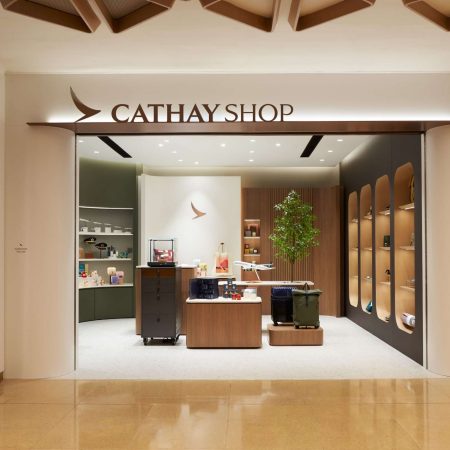







.renditionimage.450.450.jpg)

